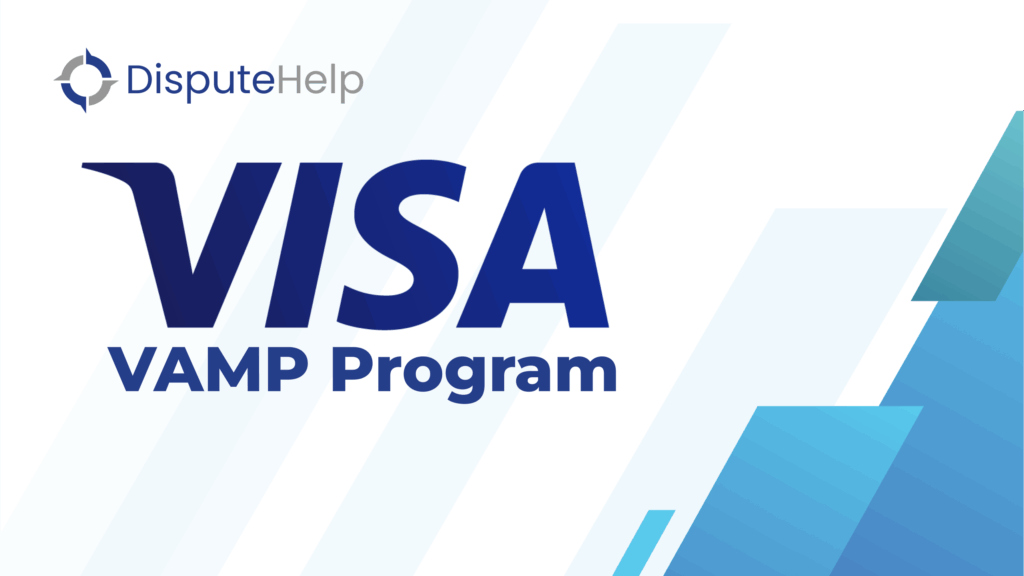The role of underwriting in risk management
Underwriting once centered on creditworthiness and processing capacity. That view is now too narrow. Networks and regulators expect MSPs to prevent downstream liabilities before they enter the portfolio. A merchant that invites excessive dispute activity does not just create losses for itself. It raises portfolio ratios, invites monitoring, and increases operational burden across the board.
A modern underwriting review must evaluate whether the business model, operational controls, and fulfillment practices will maintain dispute-to-transaction ratios within acceptable bounds. That is the point of chargeback risk assessment. It complements fraud checks, yet answers a different question: will this merchant’s practices lead to avoidable disputes over time.
What chargeback risk assessment looks like in practice
Chargeback risk assessment reviews systemic signals rather than isolated transactions. It examines the environment the merchant creates for customers and how that environment leads to disputes. Core inputs often include:
- Industry category, business model, and regulatory environment
- Historical dispute and chargeback ratios by month and by count
- Average ticket size, refund policies, and customer communication
- Order fulfillment timelines and proof of delivery practices
- Subscription cadence, cancellation flows, and renewal notices
Review these factors at onboarding and you can classify merchants, calibrate reserves, and set monitoring thresholds that align with network expectations. One more point. Keep these inputs current with early post-boarding reviews, since behavior shifts once processing ramps.
When assessment surfaces confusion as a leading trigger, consider sharing transaction details at the point of inquiry. Solutions such as Verifi Order Insight can reduce inquiry-to-dispute conversions by clarifying the purchase before a claim escalates.
High-risk profiles and portfolio exposure
Some verticals see higher dispute rates due to delayed delivery, complex terms, or customer expectation gaps. Travel, hospitality, sports betting, CBD, subscription boxes, and online gaming are common examples. None are un-boardable. They do require tighter controls and closer early monitoring.
Where identity confusion drives first-party claims, make transaction and fulfillment details visible to issuer channels through Ethoca Consumer Clarity. When the cardholder recognizes the charge, preventable disputes fall. That keeps ratios within limits and avoids placement in network monitoring programs.
Integrating chargeback risk into underwriting models
Start with a scoring framework that weights industry, operational controls, historical ratios, and fulfillment evidence. Include triggers for early-life reviews during the first processing cycles. Feed these scores into your acceptance decisions, reserve settings, and monitoring cadence.
Connect assessment to action. Enable early warning through chargeback alerts so risk teams can intervene before ratios climb. Pair alerts with data-sharing programs where appropriate to address inquiry-driven confusion quickly. The combination of pre-boarding risk scoring and immediate post-boarding signals reduces systemic exposure and supports merchant longevity.
Strategic benefits for MSPs
A portfolio that boards with chargeback risk in mind is easier to operate. You reduce systemic risk, avoid triggering remediation protocols, and sustain low ratios that keep acquirer and network relationships strong. You also strengthen merchant acquisition. Underwriting that explains controls up front builds confidence with partners and helps merchants understand what “good” looks like on day one.
Over time, this approach extends merchant lifecycles. Fewer surprise holds. Fewer emergency reviews. More predictable processing volumes. And more room for growth with merchants who follow the playbook.
Next steps
Audit today’s underwriting checklist. If chargeback risk assessment is not explicit, add it. Define which signals matter most for your portfolio, set thresholds, and choose early-life reviews that confirm controls. If you want help connecting underwriting with live dispute prevention and monitoring across thousands of MIDs, reach out to our team. We can map risk scoring to activation, monitoring, and feedback loops so risk stays aligned with reality.
Why DisputeHelp?
DisputeHelp is built for MSP portfolios. Our white-label platform ties underwriting decisions to ongoing dispute prevention and resolution at scale. Use chargeback management capabilities to embed portfolio-wide controls, reduce downstream exposure, and keep ratios within tolerance across high-risk segments. When a claim proceeds to representment, streamline evidence and recover revenue through structured workflows and integrations. One platform, aligned to how MSPs manage risk end-to-end.
FAQs: Chargeback Risk Assessment in Merchant Underwriting
How is chargeback risk assessment different from fraud screening?
Fraud screening flags suspicious transactions. Chargeback risk assessment evaluates practices that create disputes over time, like unclear terms or slow fulfillment. With DisputeHelp, MSPs align both views so prevention covers transactions and merchant operations.
Which signals matter most during underwriting?
Industry, historical ratios, average ticket, refund and cancellation flows, and proof-of-delivery practices are common drivers. DisputeHelp can help you weight these inputs and operationalize a scoring model across your portfolio.
Can high-risk verticals be boarded safely?
Yes, with tighter controls and early monitoring. Use data sharing to reduce confusion and deploy alerting to act early. DisputeHelp provides portfolio-wide tools that make these controls practical at scale.
Where do alerts and data sharing fit in?
They validate underwriting assumptions in the first cycles of processing and prevent inquiry-driven disputes from escalating. DisputeHelp connects alerting and transaction detail sharing to your risk processes out of the box.
How often should post-boarding reviews occur?
Early reviews in the first one to three cycles catch deviations fast. Adjust cadence by risk tier after that. DisputeHelp can automate review schedules and surface exceptions that warrant attention.
What if disputes still progress to chargebacks?
Some will. The key is containment and recovery. Use structured evidence and workflow to challenge unwarranted claims. DisputeHelp streamlines representment so you can focus effort where it counts. Contact our team today to learn how we can help your business.


